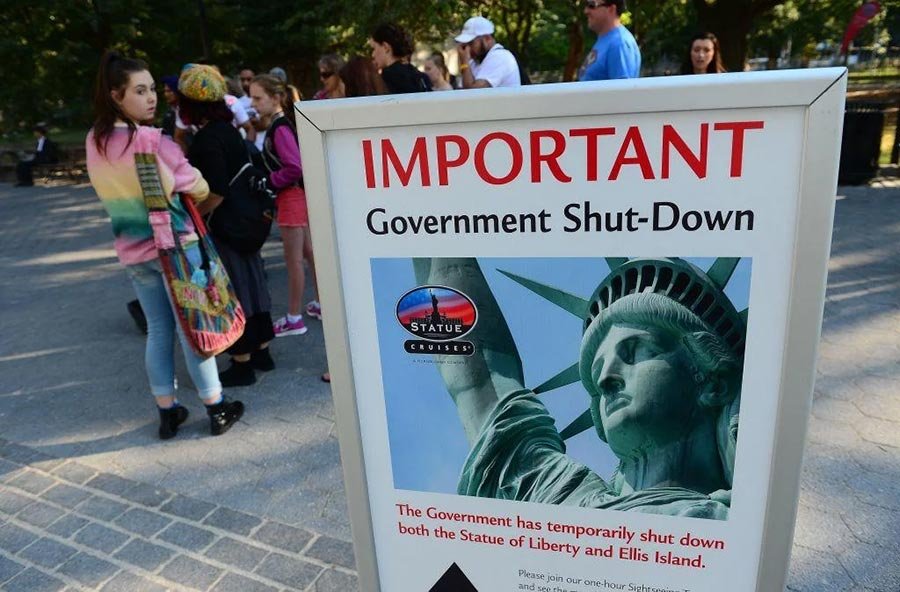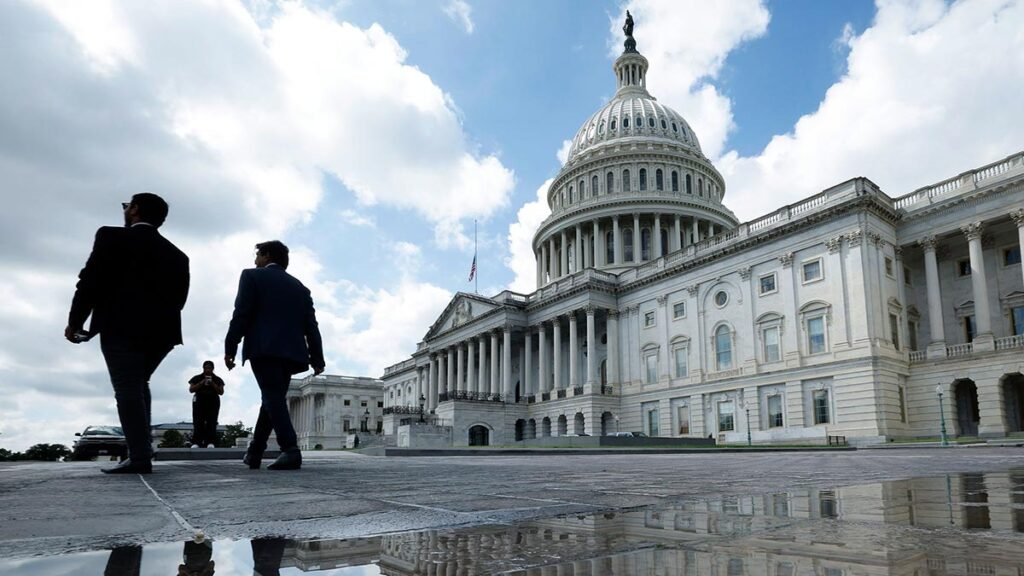At midnight on the last day of the fiscal calendar, if Congress has not passed—or the president has not signed—legislation to fund the federal government, it triggers a government shutdown. In practical terms, a “shutdown” means agencies must halt non-essential operations until new appropriations are enacted.
The Mechanics: Why Government Stops When Funding Runs Out
A “shutdown” stems from a lapse in funding: Congress fails to pass—or the president rejects—one or more of the 12 annual appropriations bills or a stopgap continuing resolution (CR). Under the Antideficiency Act, federal agencies are prohibited from obligating or spending money that has not been expressly authorized by Congress. In effect, that means many government functions must pause.
Importantly, not all functions shut down. Programs deemed “essential to protect life and property” continue, such as air traffic control, national defense, law enforcement, and emergency services. Also exempt are mandatory and entitlement programs like Social Security, Medicare, and Medicaid—for which funding is considered mandatory under separate statutes.
What Happens Day One — and Beyond

For non-essential staff, a shutdown means furloughs: employees are sent home without pay until funding resumes. Essential employees must continue working—often without pay until the shutdown ends. Because of a law passed during the 2019 shutdown, furloughed employees are entitled to retroactive pay once federal funding is restored—though that doesn’t soften the immediate financial strain.
Key disruptions typically follow quickly:
- Data releases and administrative services may be delayed or canceled. For example, the Bureau of Labor Statistics has signaled it may suspend publication of monthly employment data during a shutdown.
- Health agencies tend to see massive furloughs: the Department of Health and Human Services aims to furlough over 40% of its staff, with the Centers for Disease Control hitting up to 64% cuts.
- Airport operations and air traffic control suffer: hiring freezes, training delays, and staffing shortfalls can cascade into travel delays and safety pressures.
- Statutory safety nets may face strain: programs like SNAP (food stamps) have limited contingency reserve funding, which could run out in extended shutdowns.
- Parks, museums, and regulatory oversight often shut or scale back, as they depend on discretionary funding.
The Current Stakes — and Russ Vought’s Role
In the present standoff, the Trump administration—via the Office of Management and Budget (OMB)—has adopted a notably aggressive posture. Director Russell T. Vought has instructed federal agencies not only to prepare for broad furloughs, but to draft reduction-in-force (RIF) plans: permanent workforce cuts if funding lapses.
Such an approach marks a departure from past shutdown strategies. While permanent cuts are legally complex—often requiring months of process—Vought’s memo signals the administration’s intent to reshape the federal workforce beyond a temporary pause. Critics question whether agencies can even assemble legitimate RIF plans on short notice.
Vought’s influence extends beyond shutdown tactics. Known for his leadership in conservative policy circles and project planning under Project 2025, he has long advocated for a stronger executive branch and “leaner” federal bureaucracy. His public posture ahead of the funding deadline frames the shutdown not just as a temporary disruption, but as a political lever to force structural changes in how government functions.
What Comes Next — and What It Means
If Congress fails to reach agreement on a CR or omnibus appropriations bill before the deadline, a partial or full shutdown will commence. The longer the impasse drags on, the more economic friction accumulates: lost labor, suspended regulatory approvals, deferred federal contracts, and public trust erosion often follow.
Political pressure builds quickly in such crises. Each party risks blame: Republicans may be charged with mismanagement or brinkmanship, while Democrats may be accused of blocking essential funding. The presence of bold proposals—like RIFs—intensifies the stakes, making a shutdown not merely a technical failure, but a deliberate posture with long-term implications for governance.
In short, when federal funding runs out, government doesn’t shut down entirely—but thousands of services halt, many workers are furloughed, and political rhetoric wars with administrative reality. The role of actors like Russ Vought in shaping both the threat and the response underscores that shutdowns are not just procedural crises—they are contests of power.


